There’s a lot more to drum grooves than you may realise. Bruce Aisher investigates the psychoacoustics of rhythm programming.
When programmable drum machines became a commercial reality in the early 1980s, two opposing arguments became popular. The first suggested that these early digital drum machines (such as the Linn LM-1
and Oberheim DMX) sounded nothing like a real drummer – in other words, they sounded like machines. The second argument claimed that drum machines would put human drummers out of work.
The reality is that drummers are still very much around, and that the metronomic timekeeping of drum machines and their DAW-based counterparts helped foster whole new genres of music. The convergence continues with tools to make human recordings sound tighter and techniques to make machine-based rhythms less metronomic.
Clearly, a quick and useful way to turn a drum beat into a groove is to apply swing in order to push and pull the placement of drums in a bar. We examined the effects of DAW and drum machine swing in a previous Attack article. Varying swing for different rhythm elements enhances the usefulness of this approach.
Here we can compare a simple beat with straight timing:
Audio PlayerAnd the same beat with moderate swing applied:
Audio Player
Swing is predominantly about timing, but in this article we’re going to look at how an understanding of certain psychoacoustic principles can affect our perception of the groove and timing of the beat. In other words, how changes in the level, length, tonality and pitch of parts of a rhythm alter the feel.
Randomisation
Some basic algorithms for creating a more ‘human’ programmed beat rely on randomising the velocity and timing of individual hits. To hear the effects, let’s start with totally rigid velocity and timing:
Audio PlayerIf we randomise the velocity, we get this kind of effect:
Audio PlayerRandomising the timing instead of the velocity gives us this kind of effect:
Audio PlayerRandomising both the velocity and timing gives us this kind of effect:
Audio Player
This is fine as far as it goes, but in many cases it simply sounds untidy. However, it’s easy to forget that technology itself often far from perfect. Jitter (an irregularity in clocking) is inherent in MIDI, which is only capable of transmitting one note at a time. This means that no drum sounds triggered over the MIDI protocol will ever play simultaneously. Faster interfacing such as USB may also have issues is this department. Research published by the AES as far back as 1994 showed that even the internal clocks on hardware drum machines were wildly variable as far as accuracy was concerned. We’ll revisit this shortly.
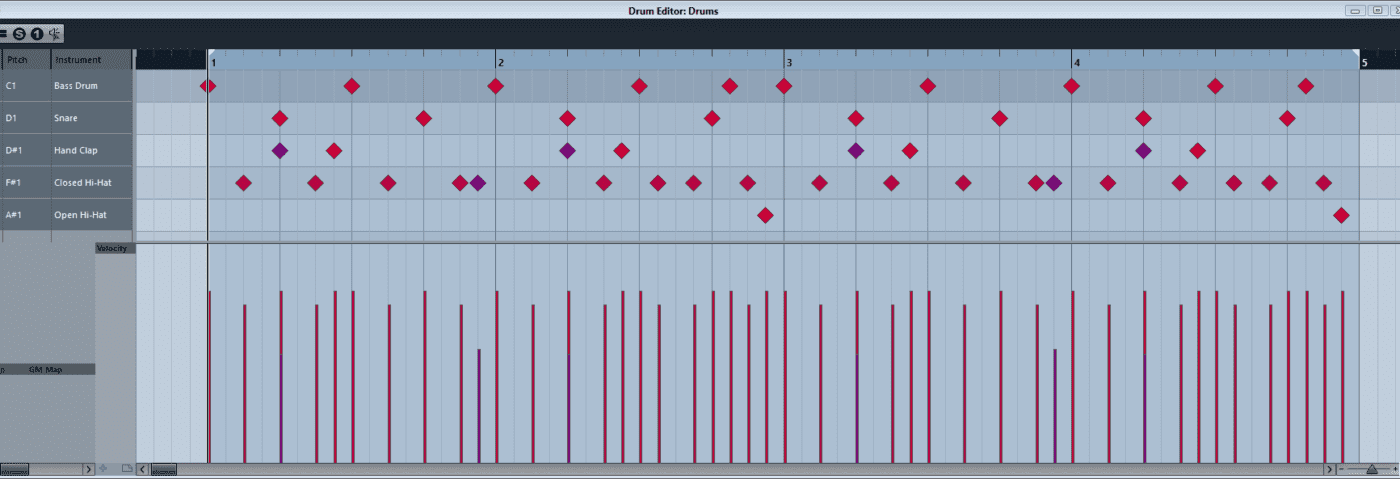
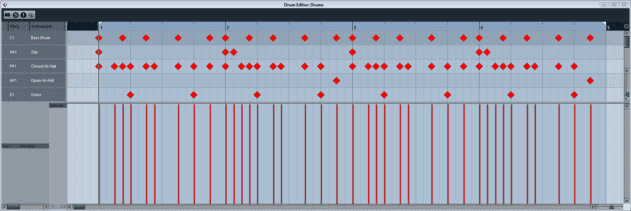
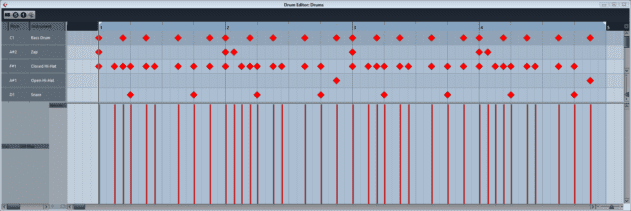
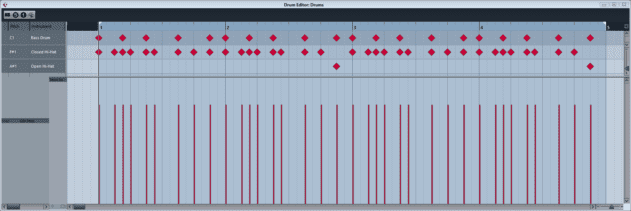
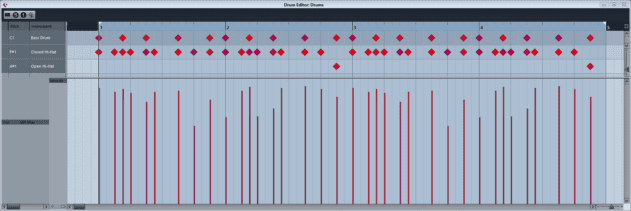
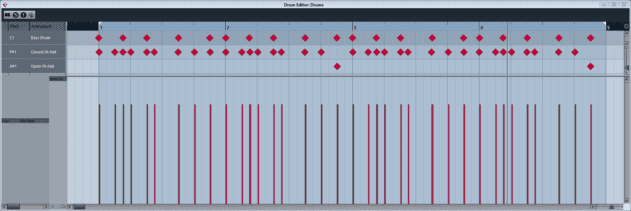
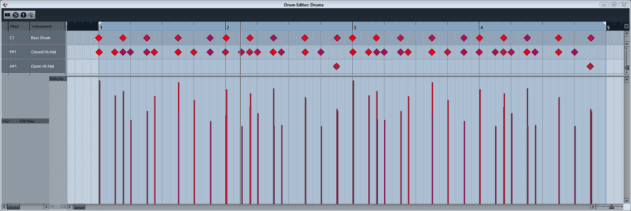
09.08 AM
Absolut brilliant article!!!
But 3 soundsamples doesn’t work on page 4:
– early snare
– late snare
– early hats
cheers
09.10 AM
Thanks, Now it’s working 🙂
01.43 AM
I don’t think it’s accurate to say jitter is inherent in midi. Jitter is a much worse problem than not being able to play two notes at exactly the same time. It means that there is a degree of random inaccuracy in the timing of every single midi event. Usb midi interfaces usually have some jitter. Regular midi over a midi cable doesn’t have this issue. And expert sleepers makes a good solution for getting sample accurate midi out of a computer (via spdif, not usb).
11.34 AM
Am i completely deaf in this regard – the first two samples, no swing vs swing, sound the same to me? Can someone highlight what I should focus on here to pick up this difference?
04.12 PM
Nice! Worth reading 🙂
01.22 PM
Plyphon – the effect is quite subtle in this case but if you compare the screengrabs you’ll be able to see which hits are slightly shifted.
You can find a lot more about swing here: http://www.attackmagazine.com/technique/passing-notes/daw-drum-machine-swing/
10.26 PM
For a (good) musician it is quite obvious to vary in velocity and in pitch regardless of which instrument. Try to listen carefully to a piano pop song and you will easily hear it wether a douchbag programmed the piano or a real piano player was playing. If the douchbag programmed it, every note will have the same velocity – there is no groove and no feeling for the 1’s of a quarter.
It just feels very unnatural to play every note at the same velocity. For instance a piano player has to create groove and emphasis the first note of a quarter and fill in the dynamic ‘gaps’ if the singer is inhaling or is quiet. Try to support the first note of a quarter and make it louder than the others.
Especially drum players know much more about emphasis of notes. for example so called 3er groups.
Anyway I would recommend just try to feel the groove .. listen carefully and stop thinking just let your foot decide wether it’s good or bad way you set the accents / emphasis.
Good example of techno with emphasis:
https://soundcloud.com/pinkmanrecords/pnkmn08-annanan-antagonism-ep
10.38 PM
Don’t forget that changing the pitch of a sample doesn’t just change the perceived loudness in terms of sample length, it also changes the perceived loudness based on the change in frequency content. It’s a psychoacoustic effect and the reason why 20 Hz and 16+ kHz seems quiet but the frequencies between, especially 2-3kHz, seem louder. The sample may be shorter when you pitch it up, but the perceived loudness could increase or decrease based on the sound level and position in the Fletcher-Munson curves.
07.09 AM
Danny – yes that’s right. However, most of the pitch changes used for the drums here are very small, so I don’t think the effect will particularly noticeable in this instance.